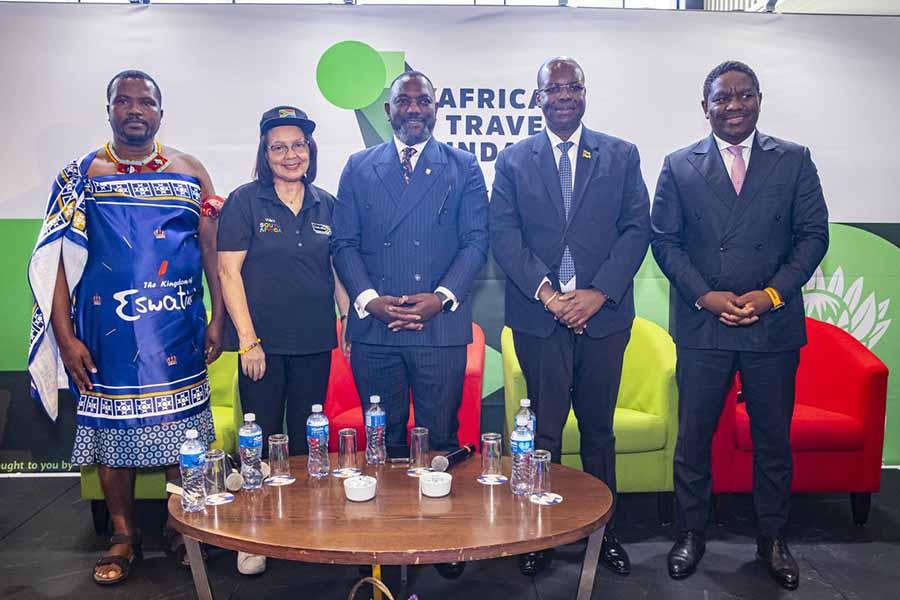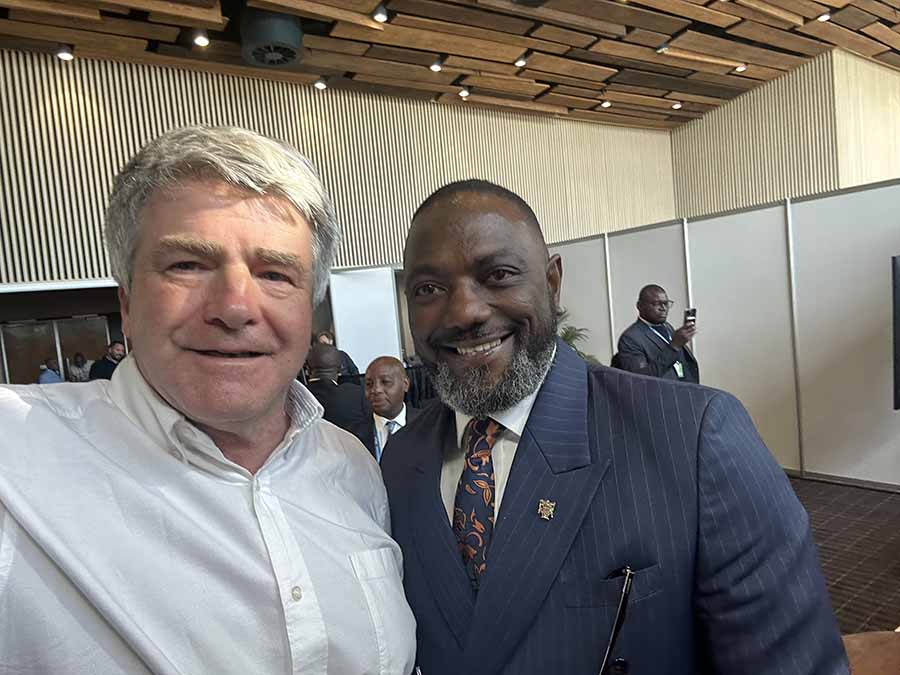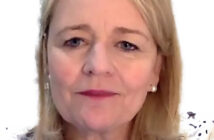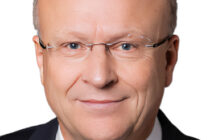- Africa’s Travel Indaba 2025 featured ministers from South Africa and Zambia discussing the revival of the Single African Sky, noting that they anticipate swift progress.
- The Single African Sky aims to enhance air transport across Africa, addressing issues such as high costs and safety concerns through collective efforts.
- The Yamoussoukro Decision, binding since 2002, committed countries to deregulate and foster competition, although implementation has faced significant hurdles.
- Recent data indicates that although African airlines could achieve profitability, over half of the existing bilateral agreements continue to restrict connectivity.
- The road ahead entails overcoming protectionist policies, enhancing infrastructure, and achieving regulatory alignment across the continent.
Africa’s Travel Indaba 2025 saw a group of ministers from African airlines restate their interest in reviving the Single African Sky. South Africa’s tourism minister Patricia de Lille and Zambia’s tourism minister Rhodine (Rodney) Sikumba both told Travel Extrain the margins fo the trade show that they expected progress on the issue to gather pace in the near future
The Single African Sky has been a long-standing aspiration since the 1988 Yamoussoukro Declaration, formalized through the 1999 Yamoussoukro Decision and the 2018 SAATM launch. While 37 countries have joined SAATM, implementation lags due to protectionism, regulatory fragmentation, high costs, and safety concerns. Successes like Ethiopian Airlines and Togo’s hub model highlight potential, but African airlines face $3.5bn in recent losses and systemic barriers.
Current efforts, including IATA’s Focus Africa and pilot programs, show promise, but progress is slow. The likelihood of significant advancement in the next decade is moderate, requiring bold leadership, infrastructure investment, and regulatory alignment to realize SAATM’s economic and social benefits.
1988 Yamoussoukro Declaration
The concept of a Single African Air Transport Market (SAATM), often referred to as the “Single African Sky,” aims to liberalize air transport across Africa, enhancing connectivity, reducing costs, and boosting economic integration. Below is a detailed overview of past developments, the current situation, and the likelihood of future progress, based on historical efforts and ongoing challenges.
- Yamoussoukro Declaration (1988): African governments, under the Organization of African Unity (OAU), agreed to principles for liberalizing air services, recognizing the need for better intra-African connectivity. The declaration laid the groundwork for deregulating air transport and promoting transnational competition.
- Yamoussoukro Decision (1999): Building on the 1988 declaration, the Yamoussoukro Decision (YD) was adopted by 44 African states in 1999 and became binding in 2002 under the African Union (AU). It committed signatories to deregulate air services, lift market access restrictions, grant traffic rights (first through fifth freedoms, excluding cabotage), and liberalize flight frequency and capacity limits. The goal was to create a unified aviation market to foster competition and lower fares.
Despite the binding nature of the Yamoussoukro Decision implementation was sluggish due to protectionist policies favouring state-owned national carriers, fragmented regulations, and reluctance to grant fifth freedom rights (allowing airlines to carry passengers between two foreign countries). Many governments prioritized protecting their flag carriers, which often faced financial struggles, over market liberalisation.
High taxes, fuel costs, and airport charges further hampered progress, making African airfares among the highest globally. For example, fuel prices in Africa were 21pc above the global average, and some countries imposed development fees as high as $68 per passenger.
Ethiopian Airlines emerged as a success story, leveraging independent management and regional hubs, but most African airlines struggled with low load factors (50.8pc in 2017) and financial losses.
Then Ethiopian Airlines CEO Tewolde Gebremariam told Travel Extra in 2016: “everyone want to see the flag on tail of an aircraft but the reality is quite different because The airline business is volume driven, it needs a critical mass, volume of traffic, volume of lights, number of airlines, because as the volume grows, the union cost comes down, because this is an industry highly capital intensive, and highly labour intensive, so you know buy or you lease an airline, so you have to keep airline at 14 or 15 hours a day on the air to make money, in order to do that, you need a network to engage the airline, you need a traffic base, you need a market base, so it is not going to work for every small air country, trying to form an airline, I think what’s more economically practical is group of countries owning and operating a large airline.”
2018: SAATM
The SAATM was officially launched on January 28, 2018, during the 30th AU Summit in Addis Ababa, led by Rwandan President Paul Kagame. It aimed to operationalize the YD by creating a single market for air transport, aligning with the AU’s Agenda 2063 for economic integration.
Initially, 23 AU member states signed on, with a target of 40 by 2019. By July 2022, 34 countries had joined, representing over 80pc of Africa’s aviation market. The initiative sought to harmonize safety and security regulations based on International Civil Aviation Organization (ICAO) standards and eliminate barriers to airline operations.
The African Development Bank and the International Air Transport Association (IATA) supported SAATM, predicting cheaper flights, higher passenger volumes, and economic benefits, such as 155,000 jobs and $1.3bn in GDP growth if 12 key countries improved connectivity.
Collaborative Efforts:
The African Civil Aviation Commission (AFCAC), AU, and Regional Economic Communities oversaw SAATM’s implementation. IATA launched the “Focus Africa” initiative in 2023 to enhance connectivity, safety, and reliability, aligning stakeholders to address infrastructure, regulatory, and financial challenges.
Aircraft manufacturers like Boeing engaged in partnerships to support fleet modernization, training, and regulatory harmonization through groups like the African Aviation Industry Group.
Some countries, like Togo, revised Bilateral Air Service Agreements (BASAs) to eliminate restrictions, positioning Lomé as a regional hub via ASKY Airlines. However, many neighbours did not reciprocate, limiting regional impact.
As of 2025, 37 countries have committed to SAATM, covering a significant portion of Africa’s aviation market.
Seventeen countries, including Kenya, Ethiopia, Rwanda, South Africa, and Nigeria, agreed in 2022 to pilot SAATM flights, testing liberalized routes.
Air traffic is recovering post-COVID, with domestic connectivity at 99pc of 2019 levels and regional connectivity at 77pc by 2022. Some routes to Europe, North America, and the Middle East have surpassed pre-pandemic levels.
Ethiopian Airlines remains a market leader, with over 9pc of Africa’s seat capacity and a growing order book, while low-cost carriers (LCCs) have doubled their seat share to 20pc in five years.
IATA projects African airlines to achieve a collective net profit of $100m in 2024, a second consecutive year of profitability, though per-passenger profit ($0.90) lags behind the global average ($6.14).
Challenges:
Many governments continue to shield struggling national carriers (e.g., South African Airways, Kenya Airways) through restrictive BASAs, with over half of 607 agreements limiting connectivity.
Lack of harmonised visa policies, customs processes, and security standards hinders seamless operations. Only about half of SAATM signatories have fully implemented the agreement.
Poor airport infrastructure, high fuel taxes, and landing fees inflate operating costs, making intra-African routes expensive. For example, travelers often face absurd routings via Europe or the Middle East.
African airlines face limited access to capital, with cumulative losses of $3.5bn from 2020–2022 and $213m projected for 2023. Blocked funds ($880m in June 2024) in countries like Nigeria and Zimbabwe further strain operations.
Inconsistent safety standards and poor safety records increase leasing costs and limit growth. The turboprop hull loss rate worsened to 7.05 perm departures in 2022.
Only 20pc of African air traffic is intra-continental, compared to higher rates in other regions, due to limited routes and high costs.
Industry events like IGHC2025 emphasize SAATM’s role in meeting rising passenger demand, driven by Africa’s growing middle class.
Likelihood of Progress
The increase from 23 to 37 SAATM signatories and the pilot programme involving 17 countries signal incremental political will.
Studies estimate significant benefits, such as $590.9m in GDP growth and 2.8m additional passengers annually in the East African Community alone if SAATM is fully adopted.
Partnerships with Boeing, IATA’s Focus Africa, and AFRAA’s advocacy provide technical and financial backing for modernization and training.
Countries like Togo and airlines like Ethiopian Airlines demonstrate that liberalized policies and hub strategies can drive growth, potentially inspiring others.
Despite the obstacles, Africa’s aviation sector has shown resilience, with capacity surpassing 2019 levels in 2023, indicating market potential.
Blocking progress
National interests and fear of foreign competition continue to stall BASA revisions and fifth freedom rights, with many governments prioritising flag carriers over market efficiency.
Zambia’s Minister for Tourism, talking to Travel Extra on the margins of Africa’s Travel Indaba in Durban says: “a lot of it is about egos, governments still want to put their flag on the tail of an aircraft, which does not make sense. “
The YD’s unfulfilled promises over two decades and SAATM’s slow uptake (less than half of signatories fully compliant) suggest persistent inertia.
Limited government budgets, high infrastructure costs, and blocked funds deter investment in aviation. Surveys indicate 77pc of aviation stakeholders are unsure of African governments’ commitment to SAATM.
Pace of change
Unless there is a rapid change in the pace of change, full implementation across 54 AU states remains a distant goal. Progress is likely to remain incremental, with pilot programmes expanding and a few countries (e.g., Rwanda, Kenya) further liberalising their markets. On the other hand, widespread adoption is unlikely due to protectionist policies and financial constraints and could even create pushback in its own right. The likelihood of significant breakthroughs is low (20–30pc), as entrenched barriers persist.
If IATA’s Focus Africa, AU’s Agenda 2063, and AfCFTA momentum align, more countries may harmonise regulations in the medium-Term (3–10 Years), likely in regional blocs like the East African Community. Success in pilot programs could build critical mass, raising the likelihood of moderate progress to 50–60pc.
With sustained advocacy, investment, and examples like Togo’s hub strategy, SAATM could gain traction in the longer-term (10+ Years), particularly if economic pressures force governments to prioritise connectivity.
Overall, Travel Extra estimates that the likelihood of a fully realized single sky by 2035 is moderate (40–50pc), contingent on overcoming political and financial hurdles.
Ms De Lille’s reply
In reply to a question from Eoghan Corry, editor of Travel Extra as to what will bring African open sky and visa co-operation to fruition after years without any meaningful progress, Ms De Lille said: I think, and I’ve said to ministers earlier on, we need to put a lot more pressure on the African Union. If you look at the history of open skies, it started way back in 2012. A single air market excess for Africa. It was finally launched in Kigali in Rwanda in 2018, where fewer countries were signed up to the open skies. We now have the African Continental Free Trade Agreement.
That agreement is not just about moving goods, but also moving people. When I was recently in Ghana, I visited the offices and the secretary general of the African Continental Free Trade Agreement, Mr. Wamkele Mene. I asked him, what is happening to this open skies? And what are they doing with the AU? Well, his explanation was that there is now a new commissioner or two new commissioners. What happened in the past, it was also delegated to two commissioners of the AU and then the think-fell through the cracks.
So I’m very hopeful that the African Continental Free Trade Agreement is going to assist us to move that agenda forward. Angola will be hosting, like ministers say, in July, where we are bringing together the ministers of transport and tourism. As you know, the open skies is not in our mandate. It’s sitting with the mandate of the ministers of transport.
But it’s for us as member states of the AU to make sure that we drive that agenda more urgently then. On the issue of visas, another barrier for travel in the continent. South Africa were two good examples. When we sorted out the visa regime for Kenya, immediately it was the fastest growing market to South Africa. Last year, 2024, we sorted out the visa issue with Ghana and we have seen 149pc increase from Ghana. I can only speak for South Africa. We are moving towards in South Africa. To use digital technology more artificial intelligence more to make governments more efficient and effective.
Where are we moving to in South Africa? Before the end of the year, we are discussing and we are testing a new visa regime that’s called electronic travel authorization. With the electronic travel authorization, what will happen, we will move away from a paper-based system where applications will be online. That ETA is going to be applicable to the whole world. That is going to solve many of the visa problems that we now have in the continent with certain countries don’t have the same visa requirements as some countries. The Minister of Home Affairs, together with the presidency, that are driving this process of the ETA, will be making an announcement.
So that is going to solve our problem as South Africa. Also, the turnaround time for applying for a visa. Again, the verification of the application will not be done by human beings. When that official is in the bad mood in the morning and just turned down your visa. We are going to use artificial intelligence to out with the verification of these applications. So that’s on that. In terms of investment, as part of the G20 chairpersonship of South Africa, we are planning a dedicated tourism investment summit in South Africa in September.
Again, the African brothers will come and the ministers will come and they will come and pitch investment opportunities available in their country.
I have written to all our nine provinces in South Africa. Give us two proposals. Then we screen the proposals and make sure that they are bankable. And then we will also pitch that to the world. So that we are planning for September because there’s a great need for infrastructure investment in tourism assets.
We need to work together with all three spheres of government in terms of access to road, water, and all of that. So infrastructure development is higher on the agenda and investment and financing on the G20 agenda for South Africa for this year.





